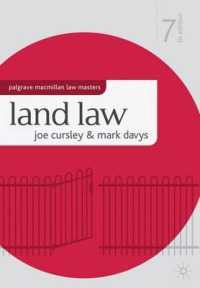Description
Approx.242 pages- Translates the principles of motor control to improve sensorimotor outcomes in patients- Reviews coordination topics including locomotor coordination, visual perception and head stability- Explores movement analysis knowledge in rehabilitative tools
Table of Contents
Section A – Action perception coupling 1. The equilibrium-point hypothesis: A major framework for the understanding of action and perception Anatol G. Feldman 2. Synergic control of movement: From single muscles to the whole body Mark Latash 3. Can nonlinear analysis of movement patterns reveal the status of the musculoskeletal system? Sergio T. Fonseca, Thales R. Souza, Mariana R.C. Aquino, Camila G.M. Castor, Renatha Carvalho, Priscila A. Arau´ jo, Thiago R.T. Santos, Liria A. Okai-Nobrega, Renan A. Resende, and Juliana M. Ocarino 4. Toward a neural theory of goal-directed reaching movements Gregor Schöner, Lukas Bildheim, and Lei Zhang Section B – Coordination 5. The Perception-Action Coupling in Collective Dynamics William H. Warren 6. Locomotor Coordination, Visual Perception and Head Stability Richard Van Emmerik, C. Dane Napoli, Samuel R. Zeff, and Joseph Hamill 7. Computational joint action: From emergent coordination to artificial partners Cecilia De Vicariis, Laura Bandini, Vinil T. Chackochan, and Vittorio Sanguineti Section C – Translation of motor learning principles and rules of interaction 8. High-fidelity interfacing for bionic rehabilitation Ivan Vujaklija 9. Exploring to learn synergies and its applications in injuries affecting the upper limb Raoul M. Bongers 10. Translating movement analysis knowledge in rehabilitative tools Maurizio Petrarca Section D – Goal-oriented action 11. Translation of principles of motor control to improve sensorimotor outcomes following brain injury Mindy F. Levin 12. Goal-Oriented Action: New Perspectives with Special Emphasis on Neurorehabilitation Carolee J. Winstein
-
- 洋書
- Wait
-

- 電子書籍
- INSPIRED 熱狂させる製品を生み…






